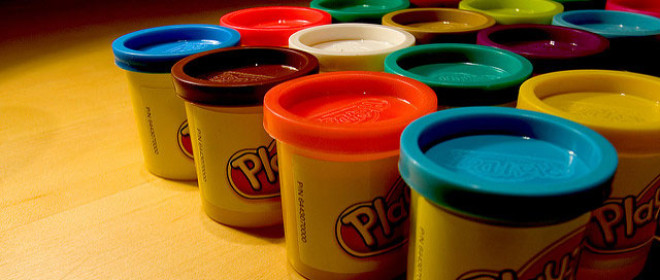
Teacher readiness series #10.
I’m not nearly as concerned about student readiness for school as I am about teacher readiness. In the last article I introduced the idea that the youthful desire to play has an amazing developmental effect on the brain in building problem solving capabilities. In case your school has begun cutting back on recess to allow for more teacher-directed student instructional time, I’d like to clarify one additional way in which movement and exercise, which is at the heart of play, actually increase the academic capability of your students.
One area of the brain that is greatly influenced in its development by play is the cerebellum. The cerebellum sits at the back lower part of the head and contains approximately 40 to 50 percent of the brain’s neurons, yet it is only 10 percent of the brain’s volume. This means there is something incredibly important about this part of the brain since it is so packed with brain cells.
One of the functions of the cerebellum is physical coordination. Running, skipping, jumping, rolling over, balancing, tumbling, riding dad as a horsey, getting twirled around, etc., develop this part of the brain. The more you play physically, the more this area develops. Now add to this information the discovery scientists have made in the last couple decades: this area of the brain not only coordinates your body but it also appears to coordinate the thought traffic or communication between areas of your brain.
So play literally not only makes you more coordinated in your body, but it also makes you a better thinker! Medical professionals are finding that people with problems in their cerebellum sometimes show symptoms like Attention Deficit Disorder (ADD). As educators we are all familiar with the difficulties that children with autism have, and that they often lack coordination abilities, having distinct characteristics such as walking on the balls of their feet. One common deficit in the brains of persons with autism is a lack of Purkinje neurons in the cerebellum. This lack apparently affects the coordination of their body and their thinking skills. So when you let your kids play, play, play, and they develop their cerebellum, you are helping not only their coordination, but also their ability to learn and think. Play is a strong desire driven by the brain which has an innate sense of its important. I remind educators and parents that play is extremely important work for kids, and the playful mood and time for play is an important developmental activity that our educational systems should protect and promote.
What about if your school has eliminated recess? My advice is to bring movement and exercise into your classroom as a regular part of your daily activities. If you have read this entire series, you will know that movement and exercise decrease stress, help your students’ transition and get ready to learn, increase thinking skills through the development of the cerebellum, and as a part of play, increase students’ problem solving skills. Students, even high schooler students, will enjoy and benefit from opportunities for movement and exercise.
When should you use movement and exercise? At a minimum:
- To begin your day. To use movement and exercise first thing in the morning helps students, who may exhibit a wide variation is readiness to learn, come closer together in their ability to engage in learning through instruction.
- Movement and exercise are a great way to free working memory and energize students to take on the next subject.
- Whenever you see sleepy students. We all get sleepy at times in the classroom. Teachers that direct their students to put their pens and pencils down, get up, and engage in some movement are enabling their students to be more attentive, more creative, and remember the material better.
- Sometime during the day you should have regular age appropriate periods of play for elementary students and, if possible, a free, creative time for older students.
If we as teachers understand this, we can have a tremendous influence on our students in using movement, exercise, and play to create substantial increases in learning and academic skills as well as an increased enjoyment of school.
